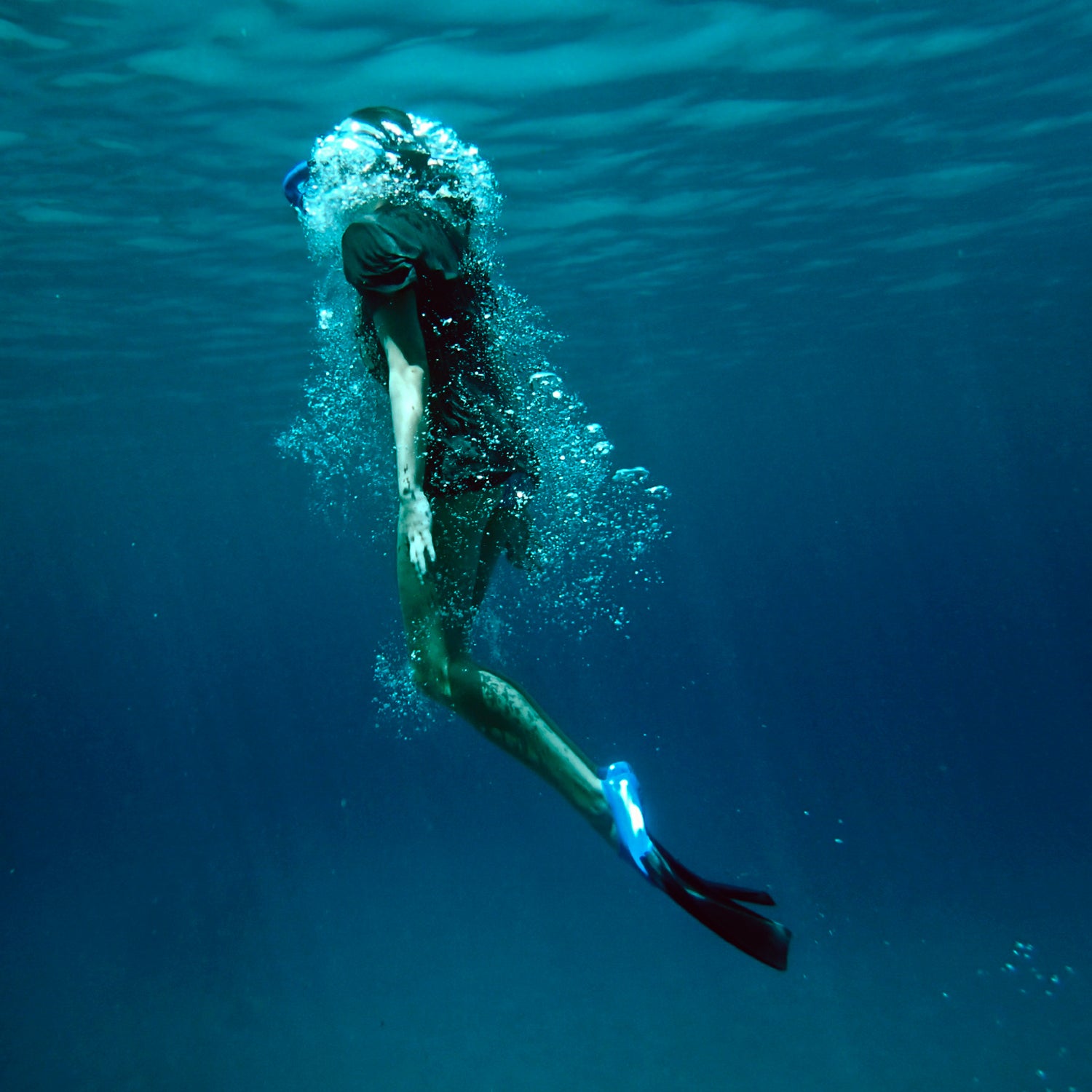Whether you are an athlete, writer, or artist, there is no better place to be than in the zone—fully immersed in your activity, with lazer-like focus. Psychology researchers call this flow. In his cult classic book, Zen and the Art of Motorcycle Maintenance, philosopher Robert Pirsig describes this special type of transcendence as the pinnacle of awareness and experience, when subject and object (e.g., climber and mountain) become one.
Unfortunately, achieving this state has been as elusive as it has been desirable, making şÚÁĎłÔąĎÍř readers loathe to read about it. But that is starting to change. Scientists are beginning to crack flow, developing a method so we can all reliably achieve it.
Scientific inquiry into flow is nothing new. Psychologist birthed the concept in the mid-1970s. However, the focus has shifted from explaining what flow is to uncovering how we can access it. The is doing just that. Self-described as a “trans-disciplinary, international organization committed to mapping the genome of flow by 2020 and open sourcing it to everyone,” the project is made up of a cadre of researchers who are working to uncover concrete tactics that provide a pathway into flow. Â
“What we are trying to do is put the pieces of the puzzle together—map the psychology, to the neurobiology, to the physiology,” says Steven Kotler, Cofounder and Director of Research at the Flow Genome Project and author of , a tour de force of flow in action sports. So far, they’ve come up with these three steps to getting in the zone:
#1 Leave Your Comfort Zone
Although there is no one-size-fits-all approach for achieving flow, specific conditions can help promote it. Like doing something that’s hard, but not too hard.
We are more likely to experience flow if the task at hand is a “just manageable” challenge, Kotler says. If an activity is too easy, concentration drifts and we forfeit the heightened awareness that is integral to flow.  Too hard, and innate protective mechanisms in the brain and body fire, sending a strong message to cease and desist.Â
In other words, “flow requires pushing your limits and leaving your comfort zone,” says Kotler. While you don’t need to be a world-class athlete to tap into flow, you do need to honestly assess your current abilities and have the courage (and wisdom) to engage in challenges that barely exceed them.
#2 Set Clear Goals
Once you’ve dialed in an appropriate challenge, you can take steps that further increase your odds of attaining flow: pay deep attention (selecting a just manageable challenge should force this), have clear goals, and focus on receiving immediate feedback. Working your creative muscle, which Kotler says is “all about the ability to recognize patterns,” is also beneficial.
#3 Develop a Routine, Then Break it Periodically
When it comes to your external surroundings, two opposite paths stimulate flow. On the one hand, creating a highly predictable routine before a big event (think: eating the same breakfast, wearing the same socks, listening to the same music, etc.) links a certain state of consciousness (ready to roll) to a particular environment or routine.Â
On the other hand, Kotler says that fresh, risky, and novel environments also serve as flow triggers. Unlike the internal triggers, which are fairly common across activities, “environments conducive to flow can differ based on the task at hand,” says Kotler.Â
For example, the few times I’ve personally entered flow while writing, I was at the same coffee shop, listening to the same music, drinking the same roast. In contrast, when I’ve attained flow while running, it has been on new trails, at unfamiliar elevations, feeling a bit uncomfortable.
In other words, your ideal flow environment can differ for different activities. “Because of the neurochemistry involved, you tend to remember flow states very well. Go back and think of a time when you were at your best, really in the zone,” Kotler says, “and then look to see what conditions were in place.”
In the end, all flow triggers serve the same purpose: to heighten attention, to make us fully present. “Evolution shaped our brain to pay attention,” says Kotler, “and we are at our best when we are doing so.”Â


